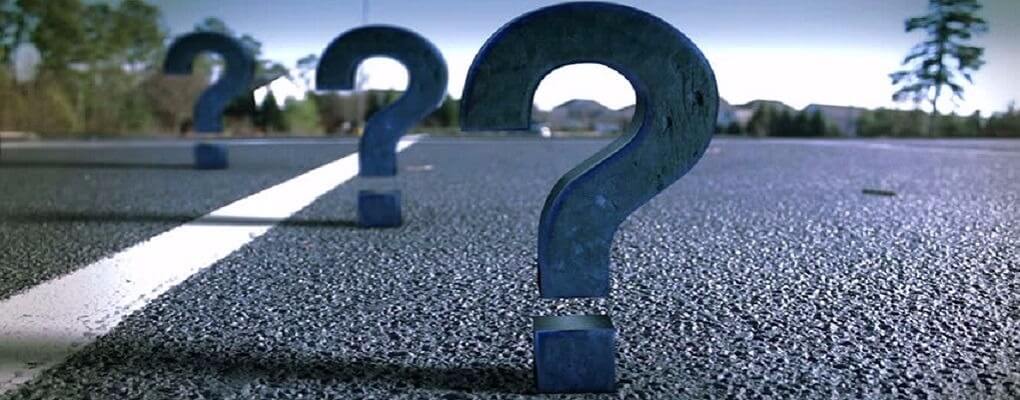Costs and Procedures of Asphalt Paving a Driveway
Asphalt is a prime choice for driveway paving in any climate. There are several advantages to using asphalt as opposed to concrete or other materials, however as benefits vary so do costs. It is certainly important to be informed in order to make the best financial and practical decisions for your own paving job. This page offers some insight into the costs, benefits, and processes of paving a driveway with asphalt.
The Basics
The costs for asphalt will certainly fluctuate based on a variety of factors such as thickness, type, and consistency. Before asphalt can be laid down, and a driveway or parking lot created, the proper steps need to be taken to ensure a solid foundation. In the target area, old materials will be removed, previous driveways demolished, and a fresh surface will be unearthed in order to properly lay down a new layer of asphalt. This process often requires construction vehicles operated by trained professionals and other expensive resources, which is why asphalt paving is extremely difficult to carry out on one’s own. It’s here, during the excavation process, where some of the peripheral costs of paving stem from.
Gradients and Slants
Almost all modern driveways include gradients, gradual slopes which move downward away from structures or homes and towards the adjacent street. These slopes help to ensure that water and precipitation run properly down and across the surface of the driveway, avoiding the pitfalls of an entirely flat surface. Driveways without gradients allow water to infiltrate the asphalt spawning cracks and breaks in the material. Additionally, this slanting assures that water does not remain on the surface in winter months where it may freeze and make your driveway slippery and dangerous.
Foundation
After gradients have been created, a base layer needs to be installed before the asphalt can be properly laid. Usually made out of crushed rock or other accumulated minerals, this layer provides a balanced surface for the asphalt to rest upon. In addition, this will prevent unnecessary damage to an asphalt driveway by creating a barrier between the soil and the asphalt, avoiding cracks created by the freezing-thawing cycle. Finally, this prevents the driveway material from absorbing ground moisture, once again preventing separations in the asphalt.
Laying the Asphalt
Once the foundation is in place the asphalt itself can finally be inserted. This involves an arduous process of laying, compressing, rolling, and re-rolling the asphalt so that it remains cohesive and firm as the driveway sets. At this point, transition pieces are also molded and put into place. These pieces ensure a smooth expanse at areas where the asphalt meets other forms of pavement like the sidewalk or walkways. This helps the transfer portions of the driveway both practically and aesthetically. Finally, the asphalt needs to be constantly reviewed as its being placed in order to adhere to the specifications of the homeowner. Larger pieces of aggregate material in the mix will allow for a higher degree of traction on the driveway. Alternatively, a higher proportion of sand in the mix will provide for a lighter color in the asphalt as well as a smoother texture for the top surface.
Concrete vs Asphalt
There are solid reasons why more people are beginning to use asphalt for their paving projects as opposed to concrete, however, both materials have their advantages and disadvantages. For example, while some homeowners opt for concrete because it’s more easily painted or customized, this can be a misleading benefit. Painted concrete, especially on surfaces that are being constantly driven over, chips and flakes quickly and will need to be repainted often in order to maintain the desired appearance. Texture-wise, asphalt offers far more traction than concrete, making it superior in terms of safety during periods of high precipitation. Asphalt also provides slightly higher impact absorption, making it a safer choice if you have children with a proclivity for playing in the driveway. While asphalt does tend to require a slightly higher cost and time commitment due to the preparation procedures outlined above, these will absolutely go on to ensure the longevity, quality, and durability of your driveway. Concrete tends to offer a sometimes quicker although more dubious permanent solution.
Armed with the right information, you can now embark on your own paving project, knowing exactly what goes into creating these ideal surfaces. Burnaby Blacktop offers free estimates and our experienced contractors are happy to help you decide if concrete or asphalt is the best option for you.
